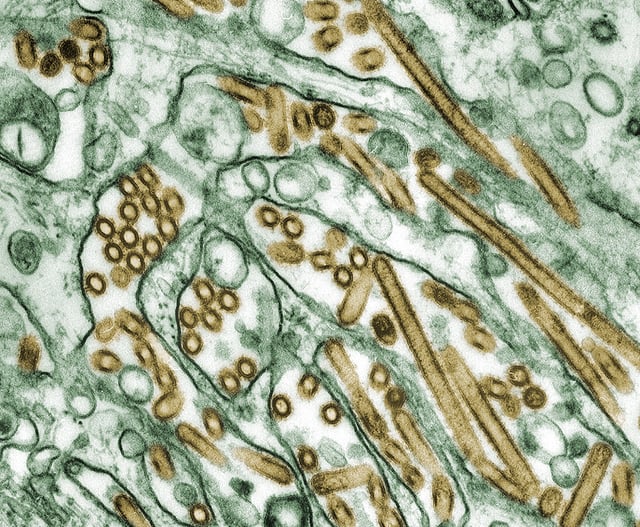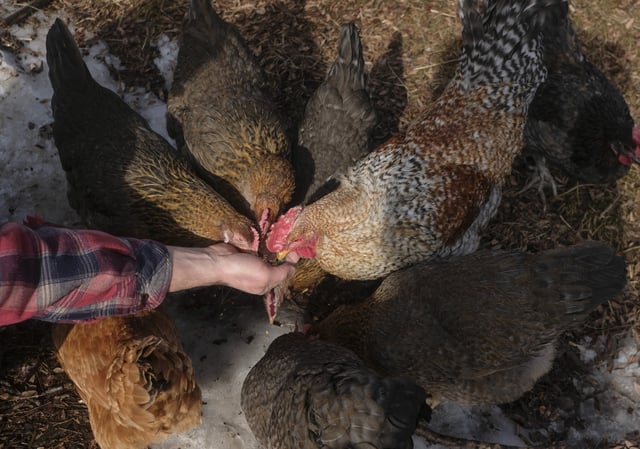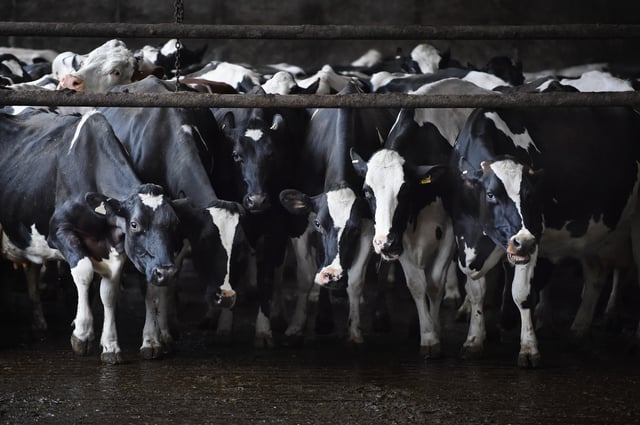Overview
- H5N1 bird flu, initially affecting birds, has spread to cattle in several U.S. states, raising concerns over food safety and potential human infections.
- Health officials stress that the risk of H5N1 transmission to humans remains low, with only two cases reported so far, both exhibiting mild symptoms.
- Biosecurity measures are heightened on farms to prevent further spread, while the safety of dairy and poultry products is ensured through pasteurization and cooking.
- Researchers investigate the virus's transmission among animals and its potential to infect humans, emphasizing the importance of monitoring and preventive actions.
- The public is advised to follow food safety guidelines, including consuming only pasteurized dairy products and properly cooked poultry and meat.



